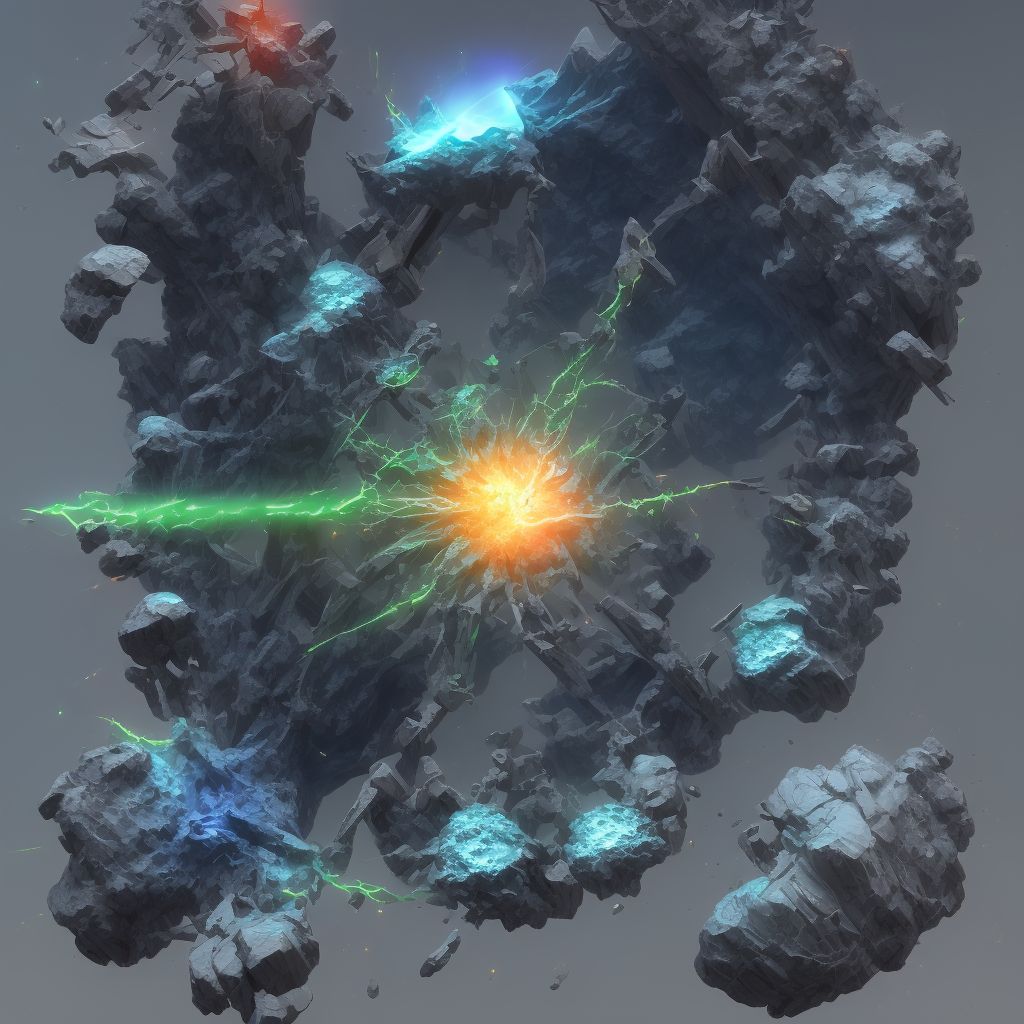
Displaced spiral fracture of shaft of unspecified fibula, initial encounter for open fracture type IIIA, IIIB, or IIIC Save
ICD-10 code: S82.443C
Disease category: S82.443: Displaced spiral fracture of shaft of unspecified fibula
Displaced Spiral Fracture of Shaft of Unspecified Fibula: Understanding Initial Encounters for Open Fracture Types IIIA, IIIB, or IIIC
A displaced spiral fracture of the shaft of the unspecified fibula can be a challenging injury that requires immediate medical attention. This type of fracture is often associated with high-impact trauma, such as sports injuries or accidents, where the bone breaks and twists around its axis. In this article, we will explore the initial encounter for open fracture types IIIA, IIIB, or IIIC, focusing on the importance of prompt diagnosis and appropriate management.
When a patient presents with a displaced spiral fracture of the shaft of the unspecified fibula, healthcare professionals must conduct a thorough examination and order relevant diagnostic tests. This includes assessing the patient's medical history, conducting a physical examination, and performing imaging studies such as X-rays or CT scans to determine the severity of the fracture.
Fractures are classified into different types based on their severity. Open fractures, also known as compound fractures, occur when the broken bone protrudes through the skin, increasing the risk of infection. The Gustilo-Anderson classification system categorizes open fractures into three types: IIIA, IIIB, and IIIC. Each type represents varying degrees of soft tissue damage and contamination.
- Type IIIA fractures involve a wound less than 1 cm in size, minimal soft tissue damage, and adequate coverage of the fractured bone.
- Type IIIB fractures indicate a larger wound, extensive soft tissue damage, and significant contamination.
- Type IIIC fractures are associated with arterial injuries, requiring immediate vascular intervention.
During the initial encounter, healthcare professionals must focus on stabilizing the fracture and managing any associated injuries. This may involve immobilizing the affected limb with a cast or splint, providing pain relief medication, and implementing appropriate wound care measures to prevent infection.
It is important for healthcare providers to communicate the treatment plan clearly to the patient, addressing their concerns and ensuring they understand the nature of their injury. Referral to an orthopedic specialist may be necessary for further evaluation and treatment, such as surgical intervention or physical therapy.
In conclusion, a displaced spiral fracture of the shaft of the unspecified fibula requires immediate attention and proper management. The initial encounter for open fracture types IIIA, IIIB, or IIIC involves thorough assessment, accurate diagnosis, and appropriate stabilization measures. By promptly addressing the injury and providing adequate care, healthcare professionals can help patients on their road to recovery.
Treatment of Displaced spiral fracture of shaft of unspecified fibula, initial encounter for open fracture type IIIA, IIIB, or IIIC:
Treatment Options for Displaced Spiral Fracture of Shaft of Unspecified Fibula
A displaced spiral fracture of the shaft of the unspecified fibula can be a challenging injury to treat. However, with the right approach, it is possible to achieve successful outcomes and promote the healing process. Here are some treatment options to consider: